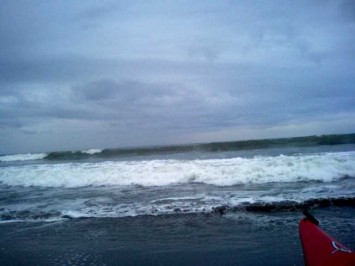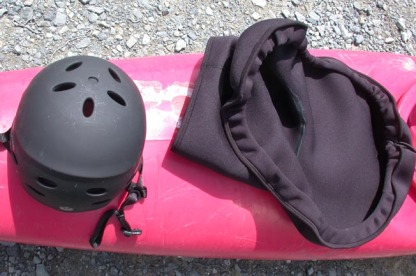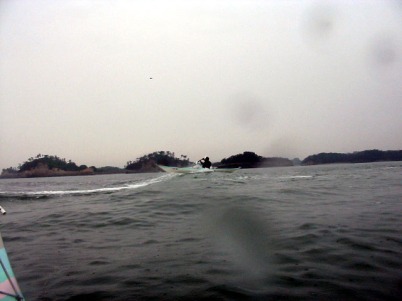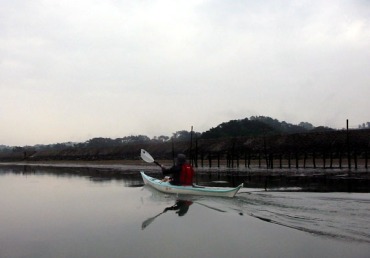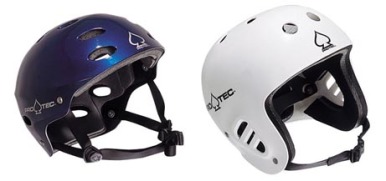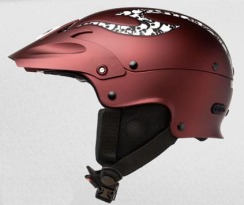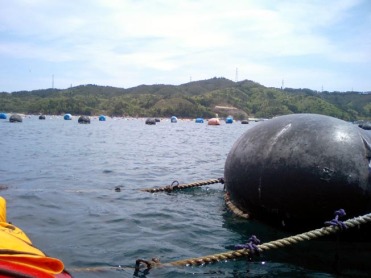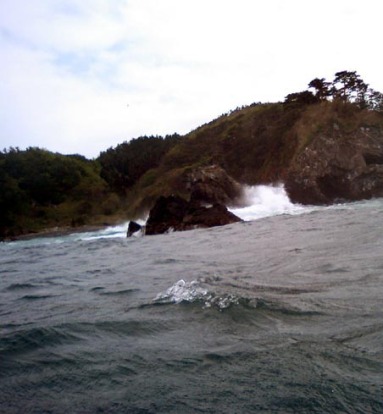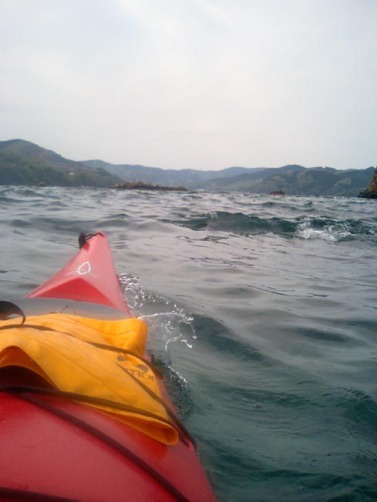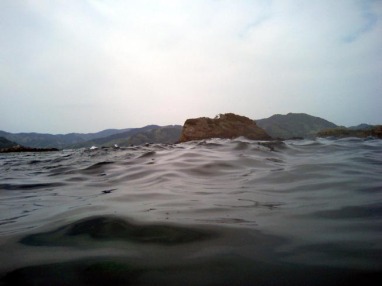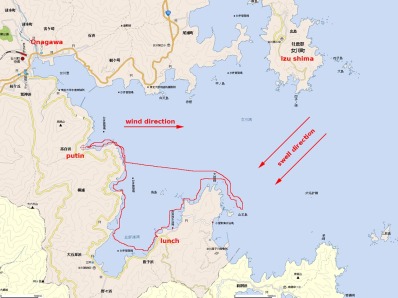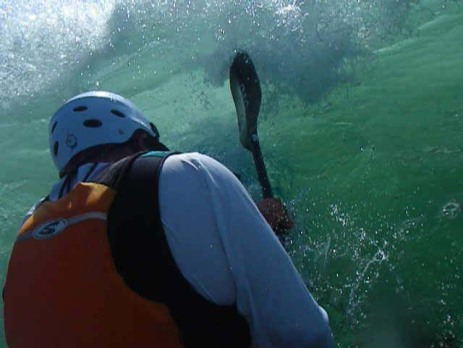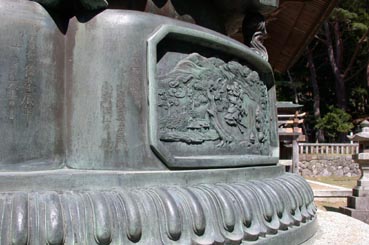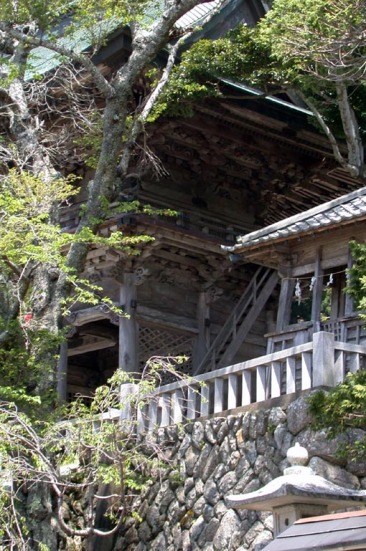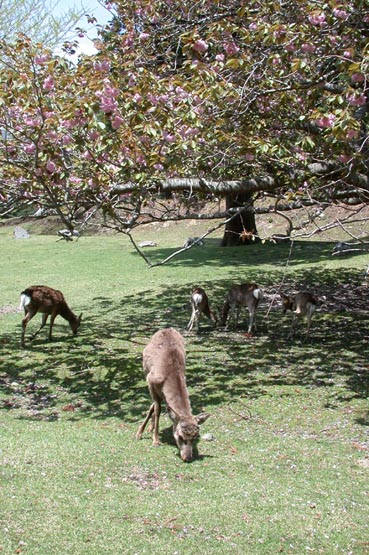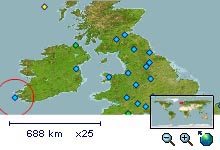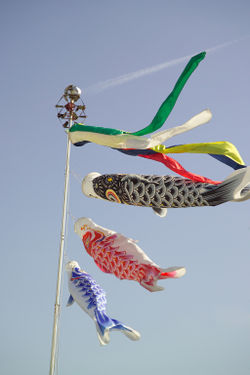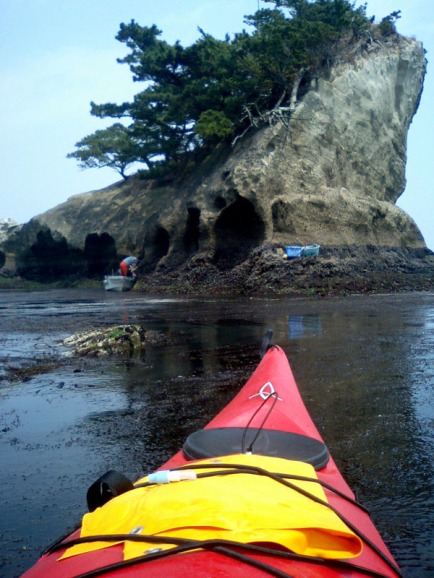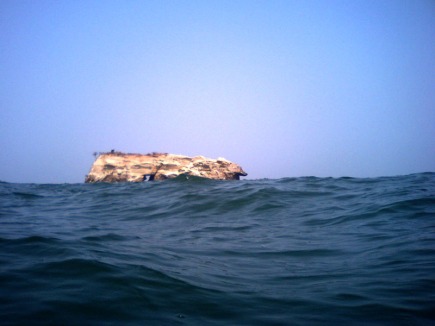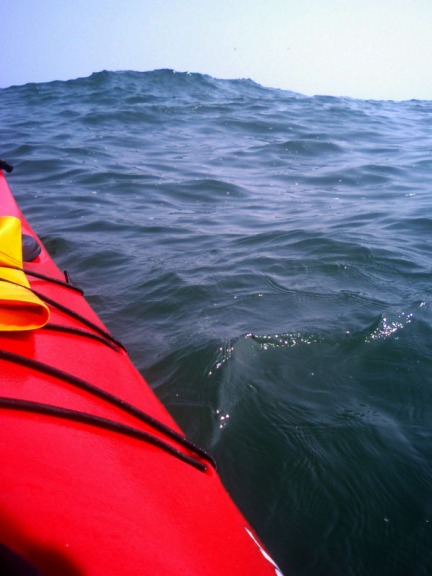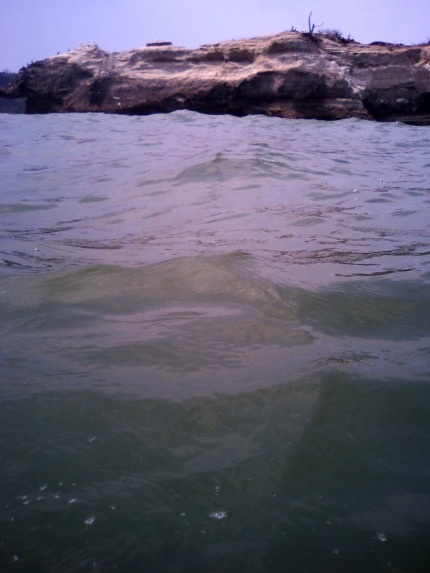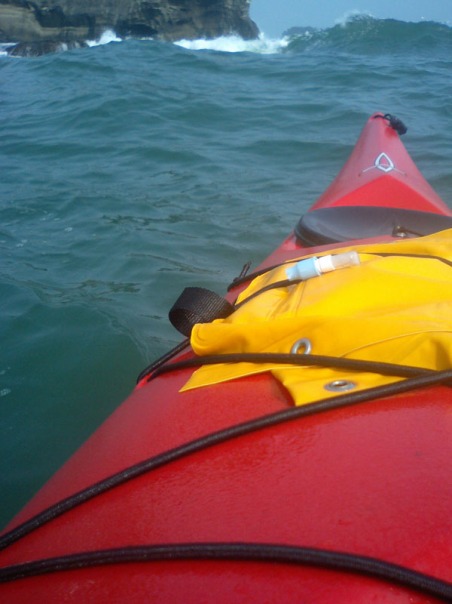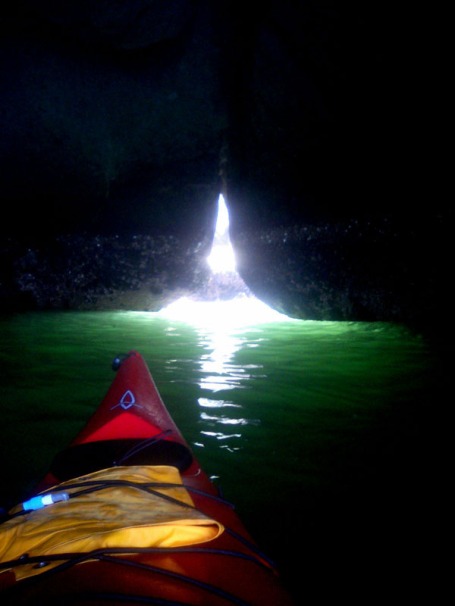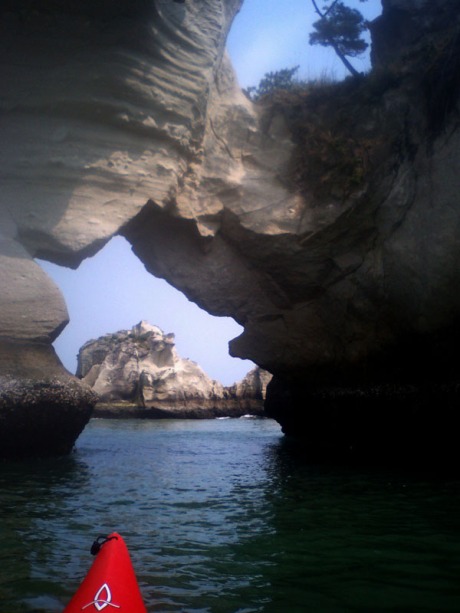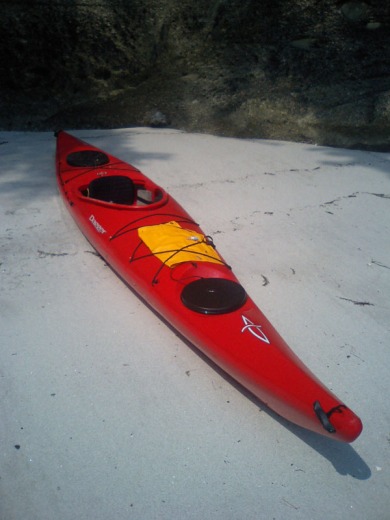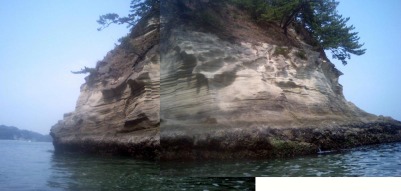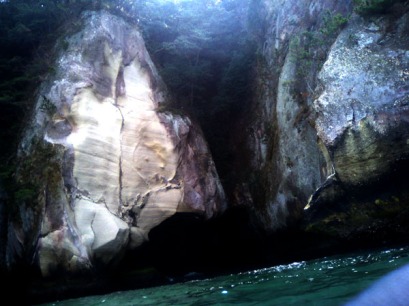Nigel Foster wrote this description of his encounter with a polar bear. One of those heart pounding reads. Full story and more here.
Ten days into our trip, we paddled into sheltered water amongst a group of rocky islets. I was looking for a place to pee. Hidden from the choppy water was a narrow dead-end of a channel, scarcely wider than my kayak; the perfect dock! I drifted to the end and climbed out onto the sloping rock. Kristin had come in behind me but content to stay in her kayak, suggested I left my kayak floating where it was. I climbed higher up the undulating rock and stretched. The last ice-age had covered this whole region in an ice sheet that had ground the rock smooth. Now as I looked down I could see the bands and striations patterning the rock in pink, green-grey and black, polished like the growth rings in a slice of tree.
My eyes casually traced the sinuous folds of a single threadlike band of dark rock as it meandered between clusters of bright crystals that sparkled in the sunlight. Suddenly I spotted a movement, a patch of ivory-white fur had appeared above the rock about 60 feet away. In moments the polar bear was in full view, head held low, striding purposefully toward me. In long easy strides it approached quickly, its fur swinging heavily around its long legs and huge body.
I grabbed my pfd and sprayskirt and turned away. Anxious not to provoke a charge, I walked steadily toward my kayak, calling out “Kristin! Back off into deep water! Now!” “Now!” She looked over her stern to see me approaching with the bear only yards behind me. As she attempted to reverse from the slot, I reached my own kayak and slid into the cockpit.
The water level was falling. Mid-tide it would fall 2 inches every minute in this area of huge tidal exchange. Kristin’s kayak was already aground. Again I urged her to get away. She pushed hard against the rock with both hands but her kayak was too heavily laden for her to push over the obstacle. “Nigel! I’m stuck! Should I get out?” I got out of my kayak and popped open my day-hatch to grab my flare gun.
The bear stopped when it reached the stern of Kristin’s kayak. Its huge head extended toward her. It was close enough to reach her with its forepaw, so it was unlikely she would be able to escape to open water. I tried to control my fear and focus on loading the flare gun. Fumbling, I broke open the barrel and inserted a red cartridge.
I snapped the barrel shut and cocked the firing pin. I aimed vaguely to one side of the huge animal, hoping to shoot close enough to startle it but anxious not to hit it. A flare gun is not meant to be an accurate firearm, and I was worried that if I hit the bear it might provoke an attack. I squeezed the trigger. “Poof!” The flare rushed past the bear and bounced off the rock. IN the brightness of day the ball of incandescence seemed as insignificant as the muffled report of the gun. Yet it was enough to surprise the bear. It bounded a few yards from us up the rock.
Kristin climbed out of her kayak. By the time I’d broken open the flare gun and pulled out the spent cartridge case, the bear was back, standing next to us. I loaded another flare. Kristin tried to slide her kayak, but stopped when the bear craned its neck to sniff at the dry-bag strapped to her rear deck. The deck bag contained vacuum-packed freeze-dried food. Even if the bags were airtight, I knew we had probably transferred all kinds of scents to it from out hands.
Polar bears are known to have the keenest sense of smell of any mammal and have been known to pick up the scent of a seal from a distance of more than five miles and to track it down. Kristin stood by her front hatch. I aimed at the rock beside the bear and set off the second flare. The huge white head turned and it sniffed the rock where the flare had hit, before turning its attention onto Kristin. This time the flare had done little to distract the bear.
Kristin stood beside her kayak and looked up at the bear. “Bear! Bear! Be Gone!” she commanded loudly and firmly. It struck me as an odd thing to say, almost funny. “Go away!” might have made more sense, but here was this slender woman looking up at a creature the size of a car, speaking in what sounded like Old English. “Bear-Be-Gone!” she demanded again, enunciating each word slowly and deliberately as if she were trying to sell a new brand of pest repellent or stain remover. Her choice of words seemed absurd, but I was relieved that she was calmly facing up to this bear instead of screaming or running away, either of which could encourage an attack.The bear stood facing her just feet away, its mouth hanging slightly open. Its head was as broad as Kristin’s shoulders. I was ready to fire my next flare. I had decided to shoot straight at the bear if it attacked, but I wasn’t sure if a direct hit would deter the bear or enrage it. The bear shuffled on its four huge paws. I fired again, just off to the side. The whoosh of the red fireball flying close past the bear didn’t get so much as a sideways glance. The bear continued to study Kristin. A polar bear can pounce 20 feet from standing, and this one was less than 10 feet from us. “Bear be Gone!” Kristin insisted. The bear looked at me, looked back at her, then half turned, shuffled its huge paws and wandered a few paces up the rock away from us.Kristin instantly dragged her kayak backward until it was afloat and with a single fluid movement was in the cockpit and backing toward open water. The bear turned. I hauled my kayak across the rocks to the water as the bear began hurrying toward me. I tumbled in the cockpit, my pfd and spray skirt on my lap, and started to push back. In a few steps the bear reached the waters edge, extended its head forward and fixed its stare on me, but Kristin and I were already a few yards from shore, paddling vigorously away.Free from the narrow confines of the narrow slot where we had landed, we were now had to exit the channel between the islets to reach the open water beyond. I paddled close to Kristin. The bear ambled over the rock, matching our pace with ease. Even steep cliff-like rock faces didn’t slow it down. It was elegeant and graceful and seemed to gather momentum like a ball rolling down a hill.
When we paddled clear of the island and reached open water, the bear paused and stood watching us. It walked a few more yards, lifted its head to sniff the air, then walked headfirst into the water and submerged. The white shape of the bears head appeared, pushing across the surface toward us then vanished again. Polar bears can stay under water for as long as two minutes and swim at a steady six knots, so if this bear wanted to catch up with us, it was certainly capable of doing so. We hurried away and didn’t relax out paddling pace for a couple of hours.
In their 2004 expedition they had 16 encounters with polar bears!
EDIT: In case you ever plan to meet a polar bear (I don’t) you might like to read up on what to do here. In summary, bear spray, rubber bullets then a big gun. Some good tips on keep all of these options working in -40C.

